In Photos: Tropical Eden Discovered in Suriname Rain Forests
'Cocoa' Frog

This sleek chocolate-colored "cocoa" frog (Hypsiboas sp.) may be new to science. This species is arboreal, using circular discs on their fingers and toes to adeptly climb into the treetops. Exploring for the first time the most remote forests in the greenest country in the world, scientists with Conservation International’s Rapid Assessment Program document new species and climate-resilient sources of freshwater and other ecosystem services central to Suriname’s sustainable development. [Read full story on the Suriname discoveries
‘Cocoa’ Tree Frog
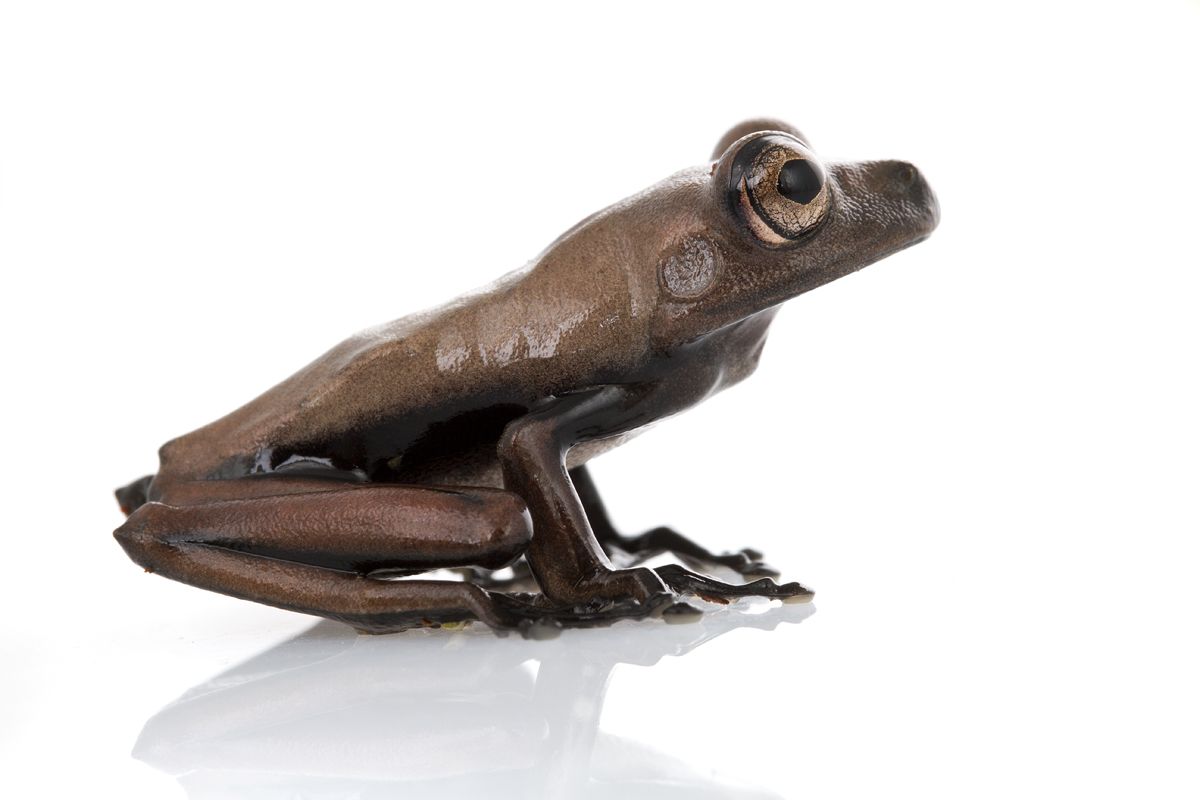
The "cocoa" tree frog (Hypsiboas sp.), like other amphibians, has semi-permeable skin that makes it highly sensitive to changes in the environment, especially climate and water. With over 100 species of frogs likely gone extinct over just the last three decades, the discovery of frog species new to science is especially heartening. This "cocoa" tree frog may be new to science.
'Lilliputian' Beetle
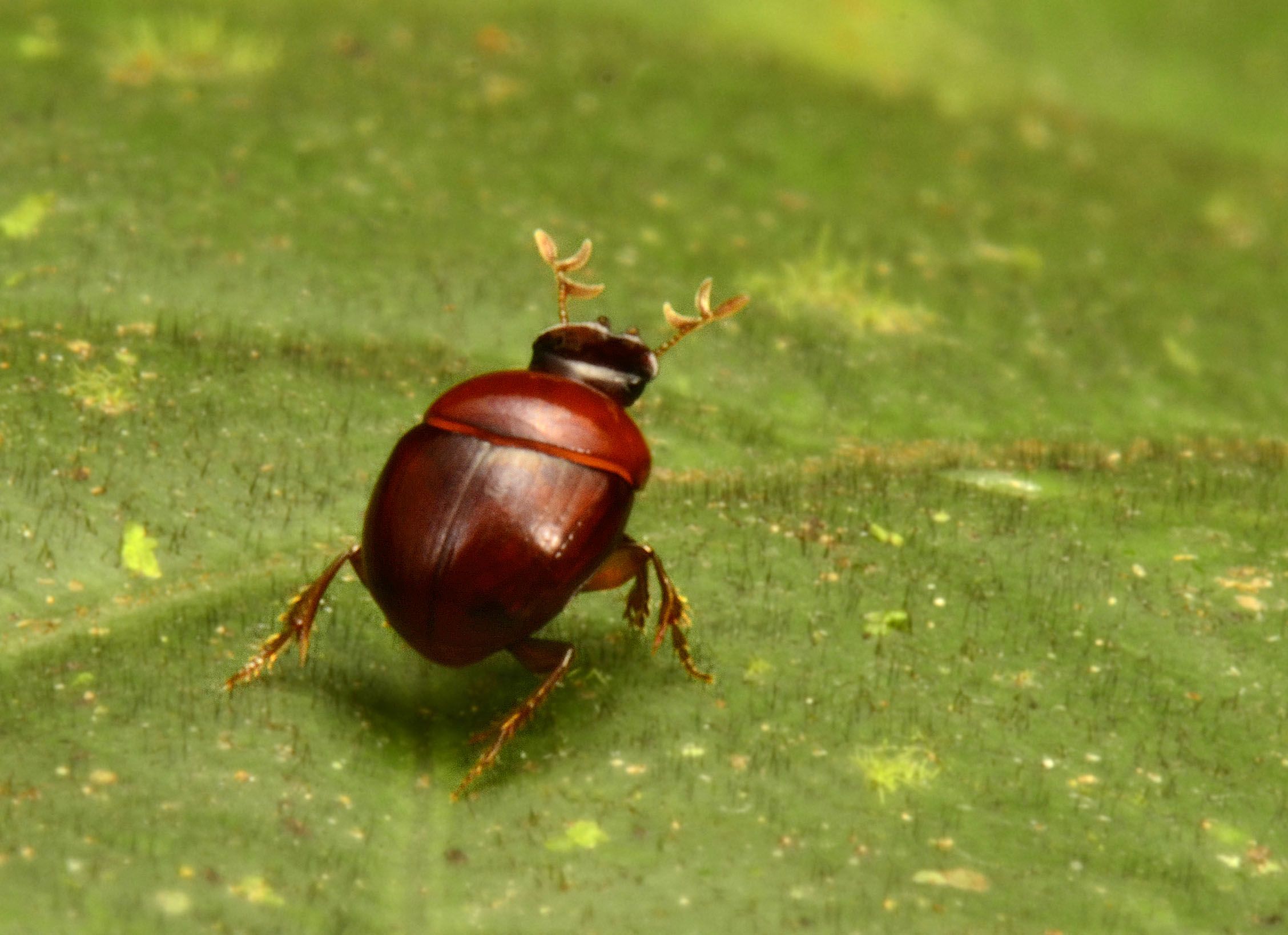
The tiny "lilliputian beetle" (Canthidium cf. minimum) probably represents a new species to science, and perhaps even a new genus. At just 2.3 mm long, it may be the smallest dung beetle in the Guiana Shield, and perhaps the second smallest of currently described species in South America. Its’ antler-like antennae provide an acute sense of smell. Dung beetles play critical ecological roles that help support healthy ecosystems – by burying dung, they regulate parasites and disease, disperse seeds, and recycle nutrients to promote plant growth. Since dung beetle communities are tightly linked with the mammals which provide them with food, they are also commonly studied as indicators of hunting intensity and ecosystem health.
Head-and-Taillight Tetra
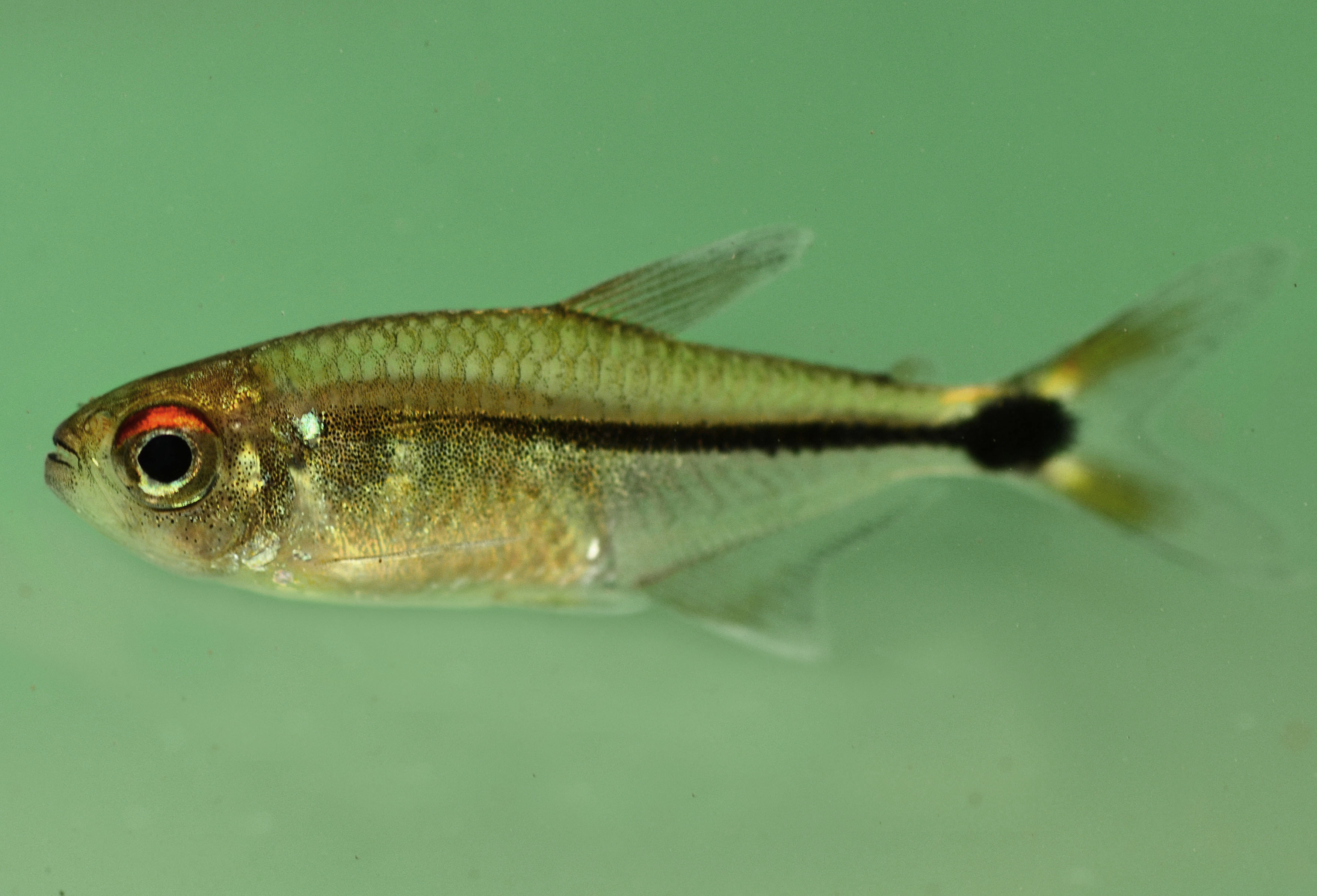
A potentially new species of head-and-taillight tetra (Hemigrammus aff. ocellifer), closely related to a fish much appreciated by aquarium enthusiasts. This is just one of eleven new fish species discovered on the expedition, including a South American darter and a three-barbeled catfish. Fish were diverse and plentiful at the study sites, including many large fishes that are an important source of food for local people.
Poison Dart Frog
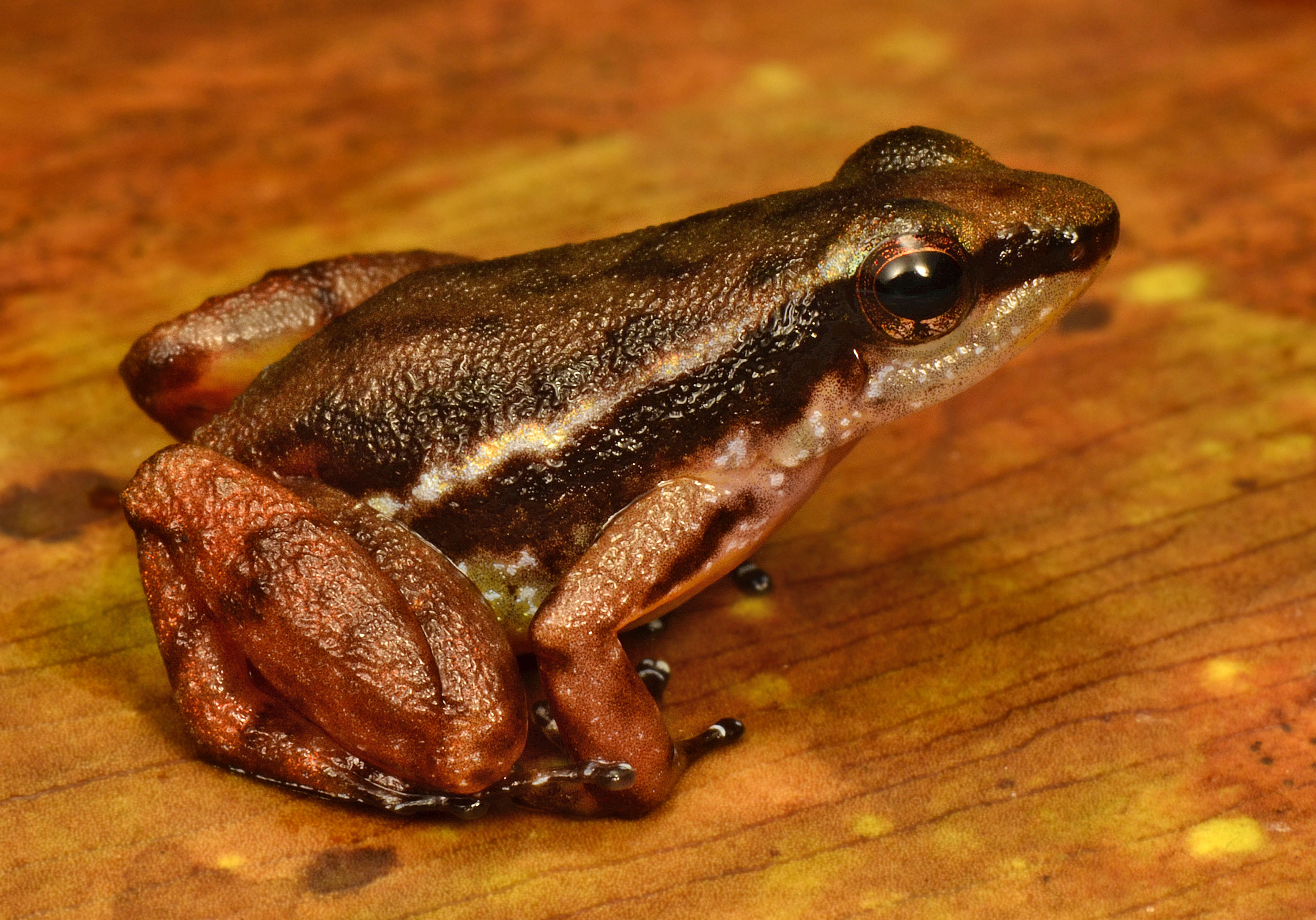
The unusual dorsal coloration of this poison dart frog (Anomaloglossus sp.) differs from a similar species (Anomaloglossus baeobatrachus) found at the same sites, suggesting that it may represent a species new to science. Poison dart frogs are famous for the often powerful toxins they secrete – this poison is used by local people to hunt for food, but also holds enormous potential to yield new medicines to aid the global population. Chemicals from some poison dart frogs have already been used to develop painkillers, muscle relaxants, and heart stimulants.
Katydid Discovery
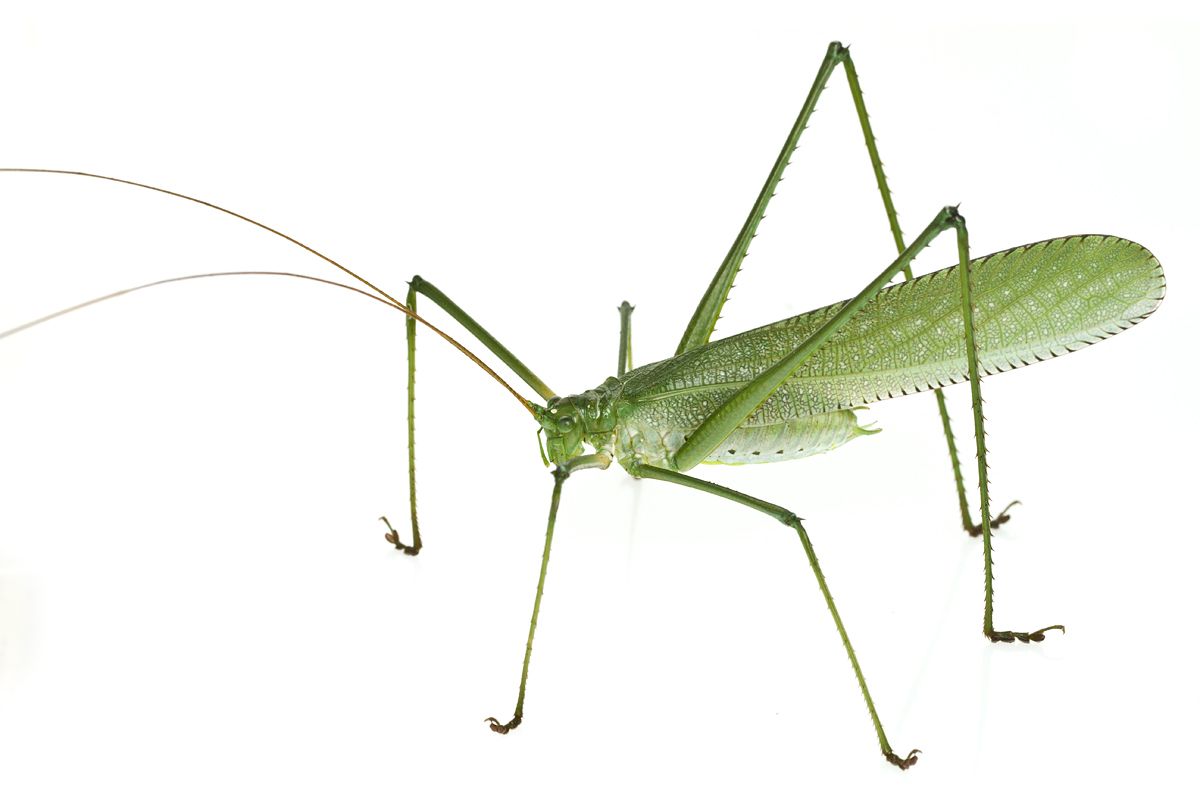
This undescribed katydid species (Pseudophyllinae: Teleutini) is so strange that it actually represents an entirely new genus to science. Its unusually long, gangly legs are covered in sharp spines, which help to deter predators. Many katydids are sensitive to habitat disturbance, and the species found on this expedition indicate that the region is pristine.
Water Beetle
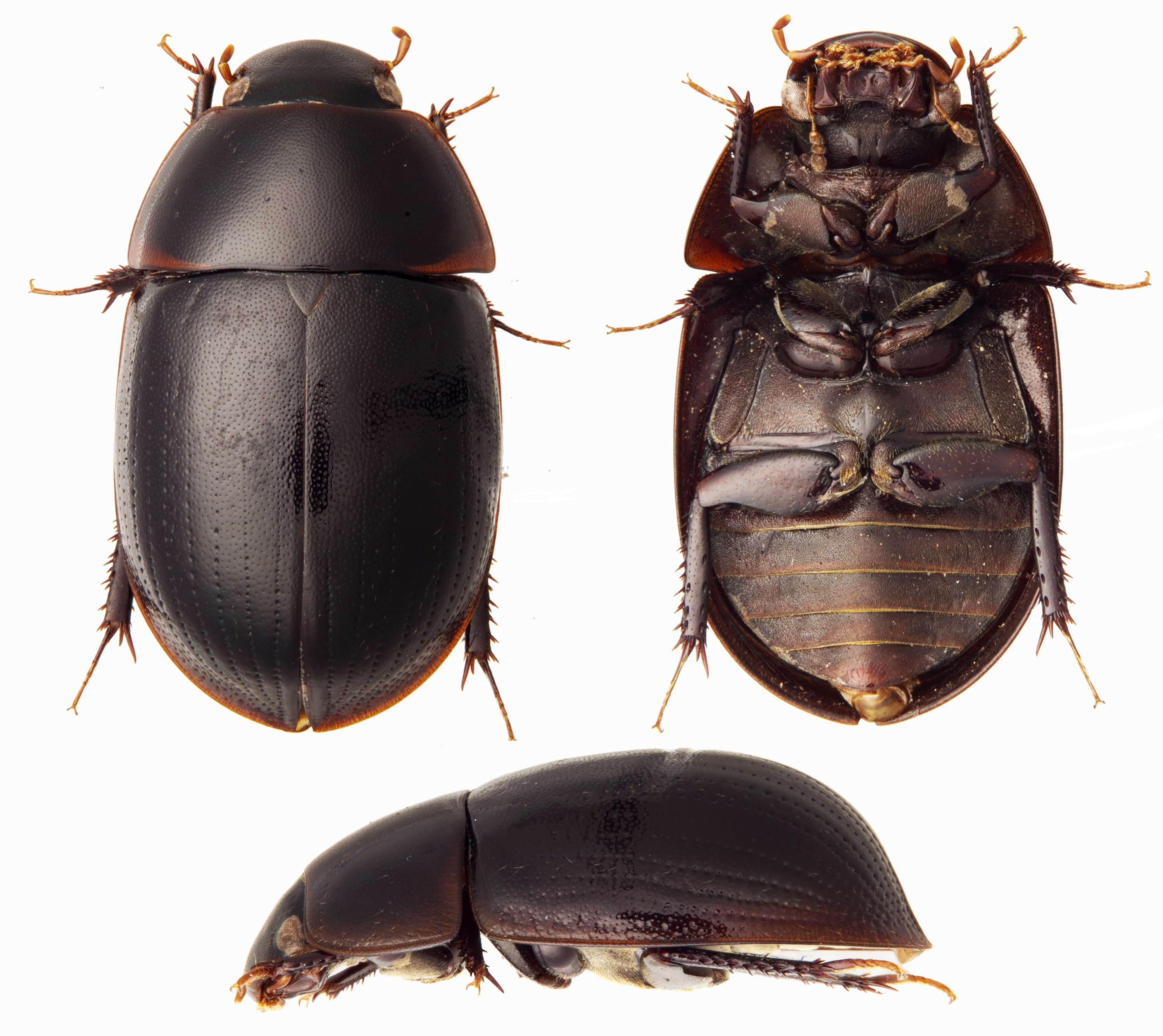
This water beetle not only represents a new species, but also a new genus to science. This species was found living in water seepages on granite mountaintops, and may occur only in southeastern Suriname. The RAP team also found 25 other water beetle species on the expedition that are new to science. Many of the water beetles found by the team are indicative of the unusually high freshwater quality in the region.
Get the world’s most fascinating discoveries delivered straight to your inbox.
Snouted Tree Frog
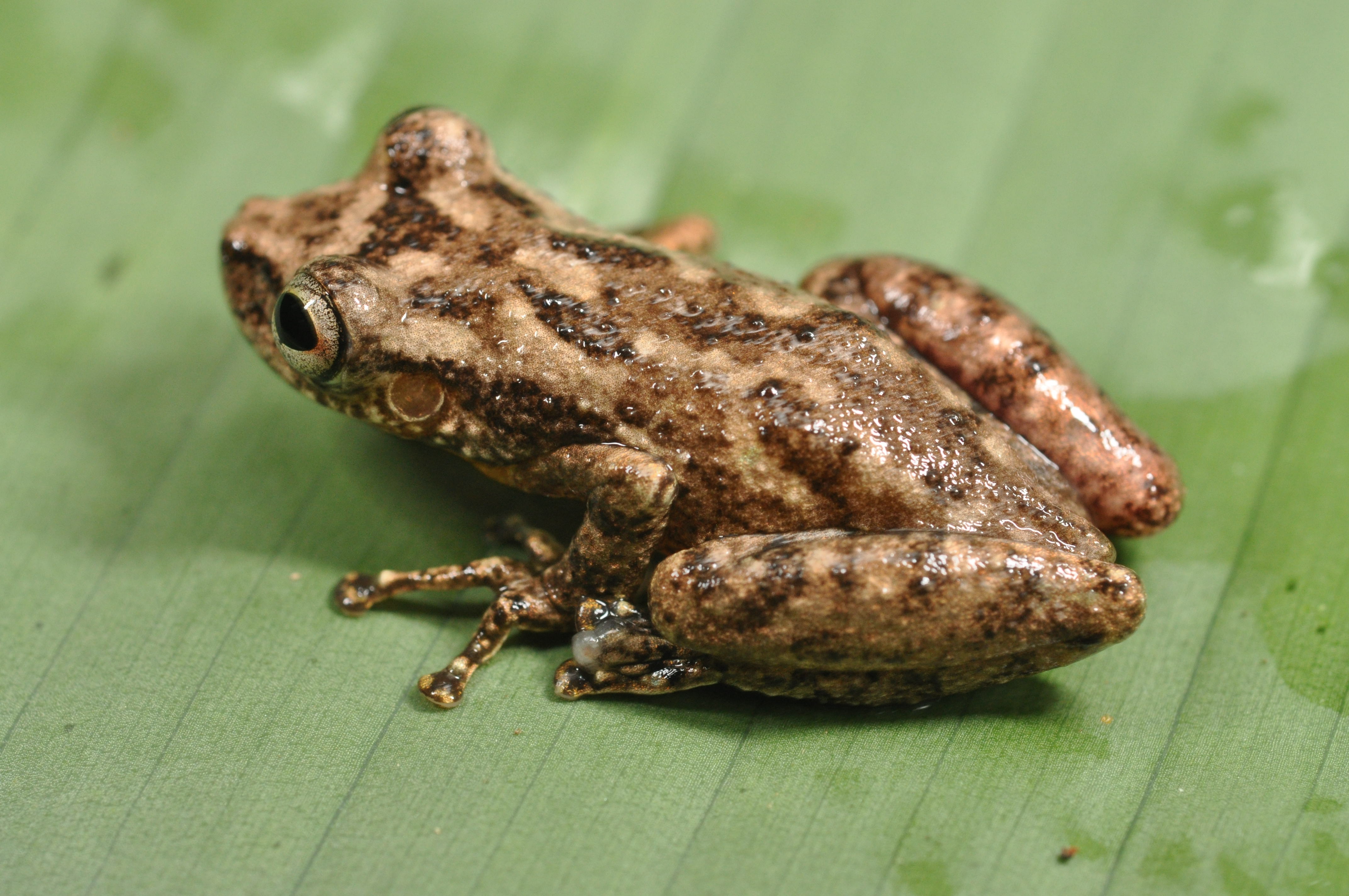
The Snouted tree frog (Scinax sp.) is one of six potentially new frog species discovered during the expedition. This species represents the newest member of a diverse genus of very agile, fast-moving frogs with over 100 species. One individual leapt right onto the table during dinner at camp, and still nimbly eluded the numerous scientists clustered about.
Catfish Species from Upper Palumeu River

This interesting catfish species (Parotocinclus sp.), which is potentially new to science, was collected in a tributary of the Upper Palumeu River. It has an unusual pigmentation pattern, similar to Microglanis catfish.
Wolf Spider Eats Toxic Poison-Dart Frog

This image shows an extremely rare event, a large wolf spider eats a toxic poison-dart frog (Amereega trivitatta)
False Coral Snake
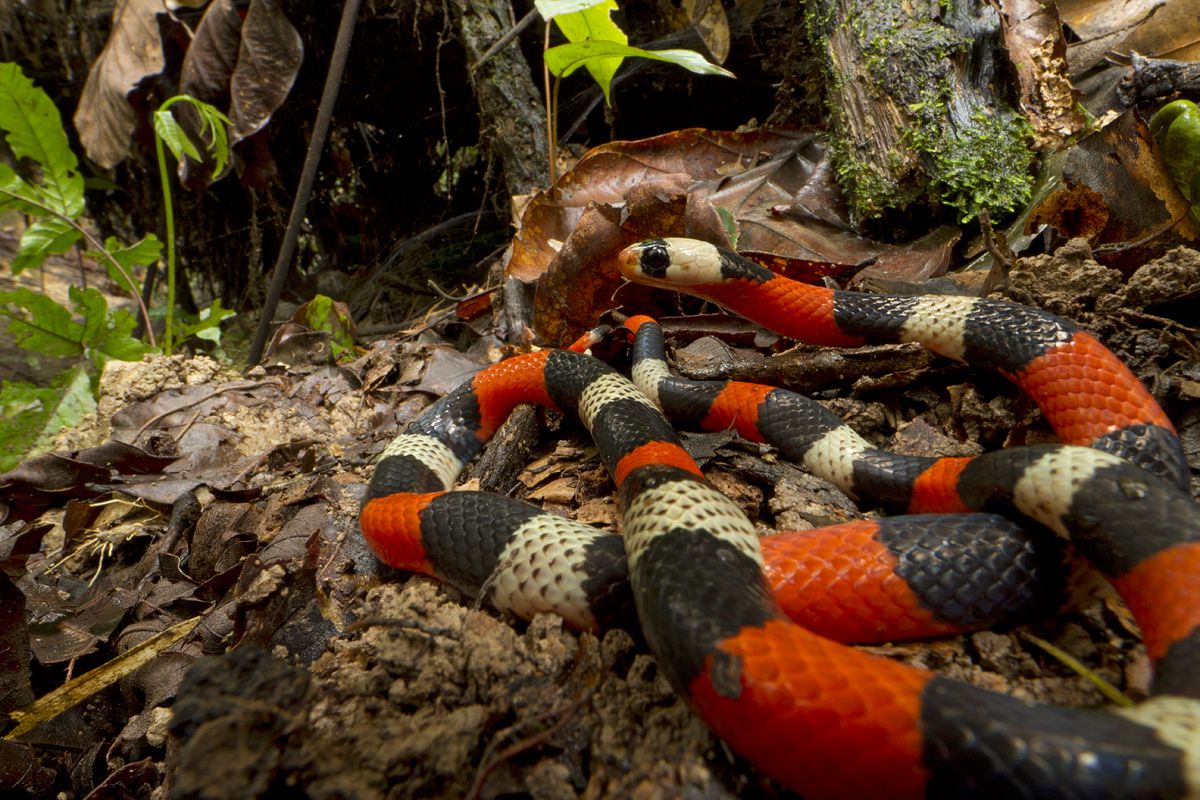
The bright colors of the false coral snake (Erythrolamprus aesculpi) lend it protection from predators, even though it lacks the deadly venom of the true coral snake. This is one of the 19 snake species encountered on the expedition, which included a true coral snake, a deadly fer-de-lance viper, and a species (Pseudoboa sp.) potentially new to science.
 Live Science Plus
Live Science Plus






